AO Edited
Forbes Pigment Collection
The thousands of shades on display — some toxic, others impossibly rare — are a library of more than just color.
Begun in the early 20th century by Edward Waldo Forbes, director of the Fogg Art Museum from 1909 to 1944, the Forbes Pigment Collection is housed under the greater umbrella of the Harvard Art Museums — the United States’ oldest fine arts research, training, and conservation facility.
Stored behind glass on the fourth floor of the Museums facility in a “staff only” area, the specimens belong to the Straus Center for Conservation and Preservation, which has amassed over 3,600 catalogued pigment samples, binding media, and historical scientific equipment in total. Scientists and art historians tap into the collection in order to verify the origins of questionable paintings up for auction, or work to identify the key compounds of ancient colors in order to better preserve cultural masterpieces for generations to come.
Though growing all the time, today’s Forbes Pigment Collection comprises a technicolor array of 2,500 samples, arranged most pleasingly by color. Displayed in little jars of sorts, the pigments mimic artists’ color wheels in 3D, morphing from purple to red to yellow to blue and back to purple again along the cases’ shelves.
Picking highlights from the collection is a nigh impossible task, as generations of evolving taste and fashion appear side-by-side within the collection. A few perennially fascinating favorites include the vial of bona fide “royal purple,” whose insanely expensive and vibrant color comes from a sea snail. The difficulty of obtaining the snails prohibited anyone outside the Byzantine court from donning this finery (first for fiscal reasons, then later due to social stratification). Similarly prized for its rarity is the “ultra marine” used in medieval paintings, whose brilliant blue hues were wrought from a precise extraction process of Afghan lapis lazuli.
Then there’s the doom contingent of pigments, which hold their own unique appeal. This includes the likes of “mummy brown,” popular in European painting in the 18th and 19th centuries, that was literally made of “ground-up ancient Egyptians and their pets.” If actual dead things don’t spark an appreciation for the ephemerality of beauty, perhaps an “emerald green” favored by household painters for centuries, and once employed by van Gogh is more appealing; though cheap to produce and purchase, its colorless fumes could prove deadly to those using it. Similarly, the highly toxic “realgar,” whose jar is scrawled with POISON, gets its bright yellowish-green hue from arsenic sulfide reminiscent of the roiling landscape at Ethiopia’s uninhabitable Dallol Valley.
If it hasn’t become apparent already, the thousands of shades on display at the Forbes Pigment collection are a library of more than just color — though for their beauty alone, that would be enough. Rather, each item on display, carefully curated and preserved by a team of the world’s premier conservators, holds its own fascinating story without which the history of the world’s art would not exist.
Know Before You Go
The Harvard Art Museums are open 10am to 5pm, daily. The Forbes Pigment Collection is located on the Museums' 4th Level. It is housed in a "staff only" area of the museum but can be seen, from a distance, across the atrium. The rest of the museum's collection makes it worth the trip.
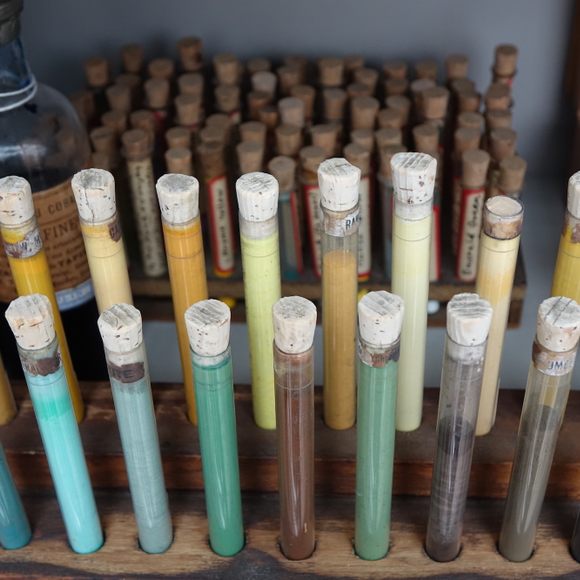

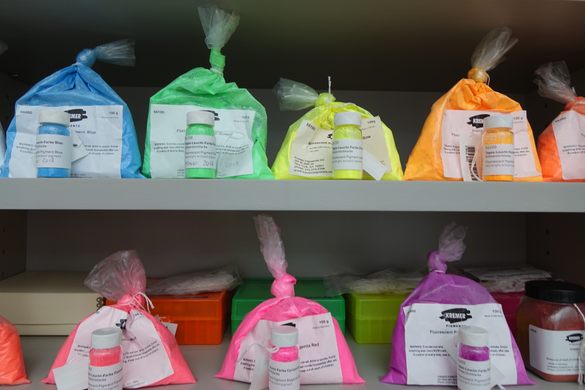
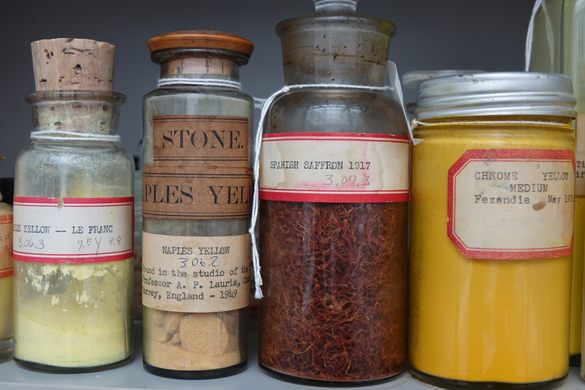
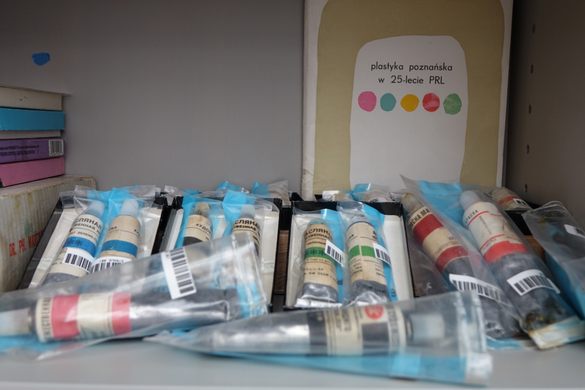
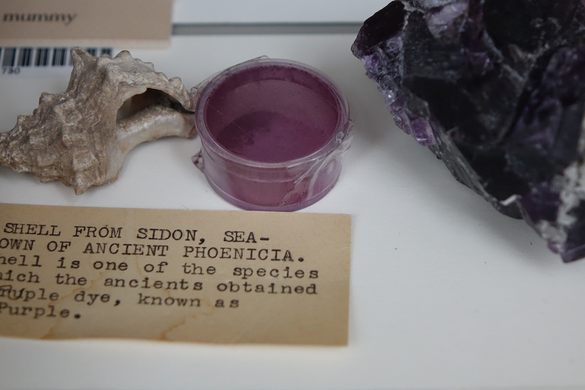
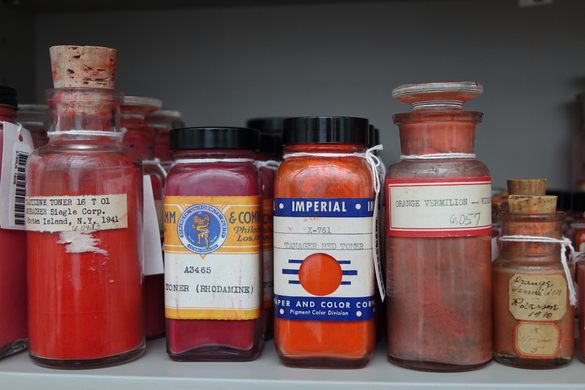
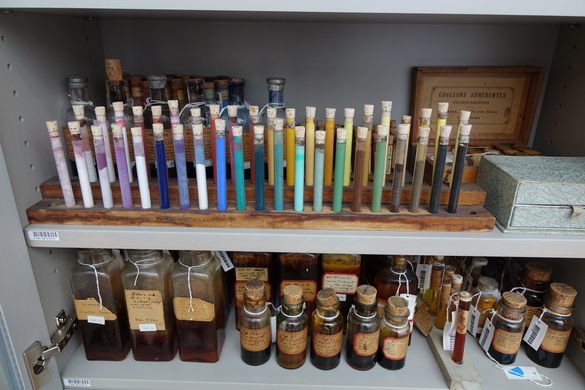
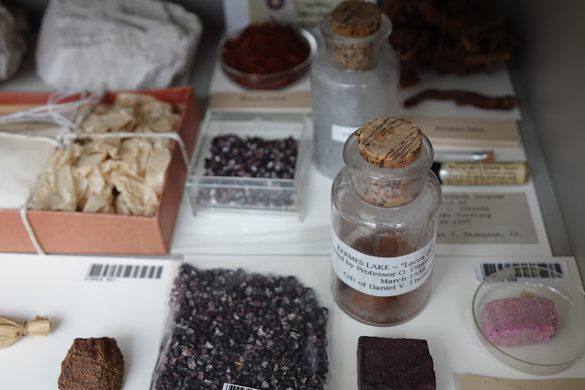
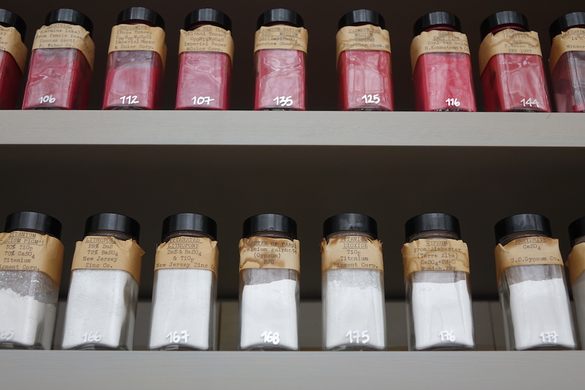
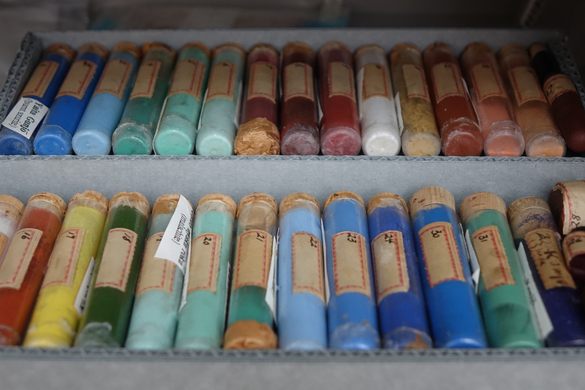
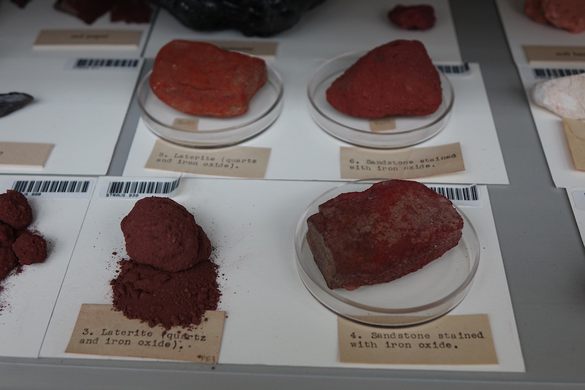
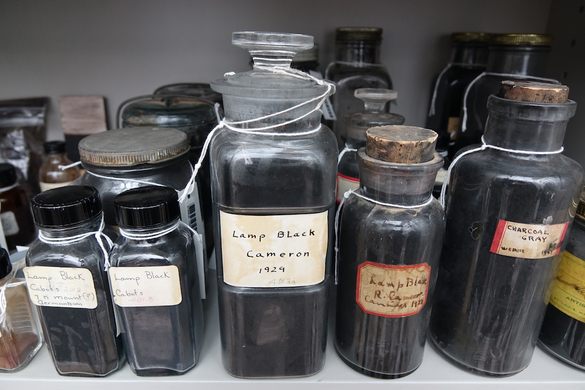
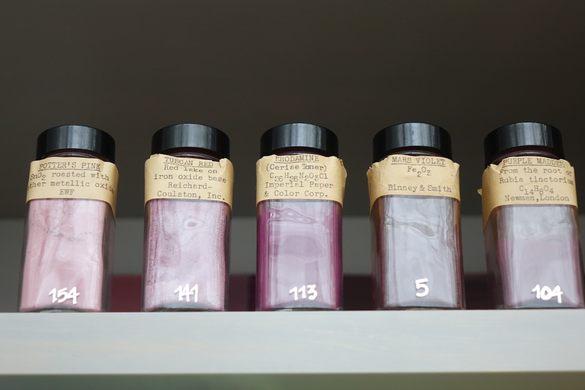

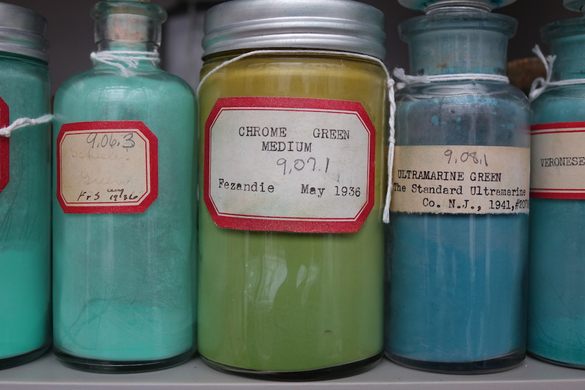
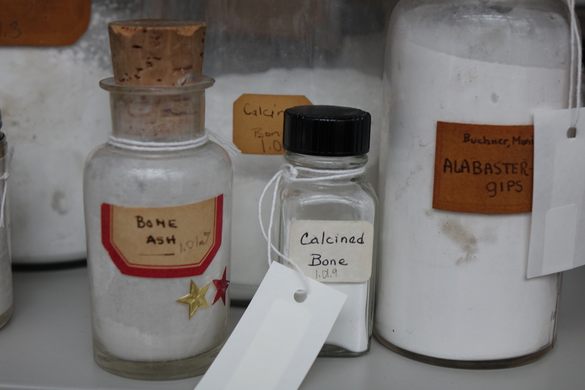
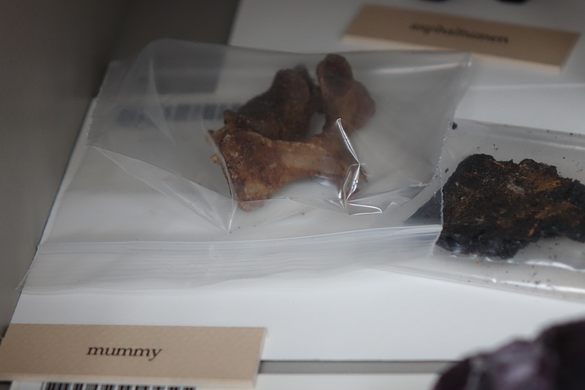
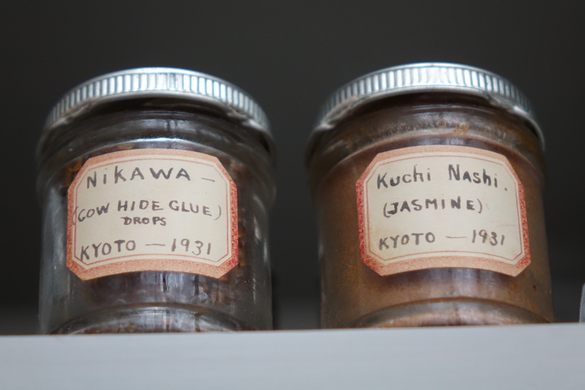
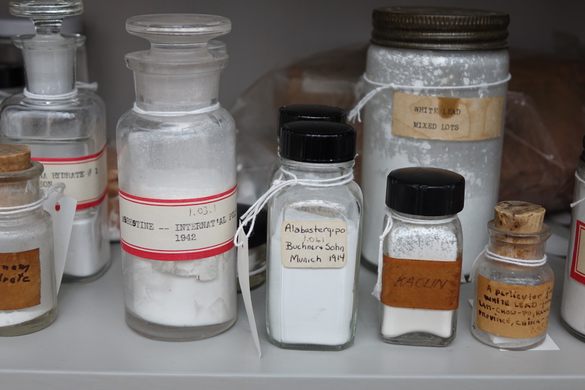
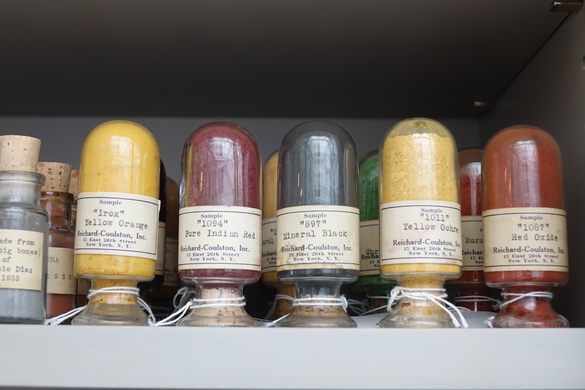
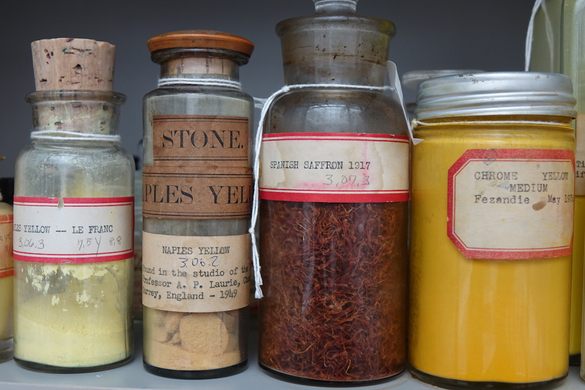
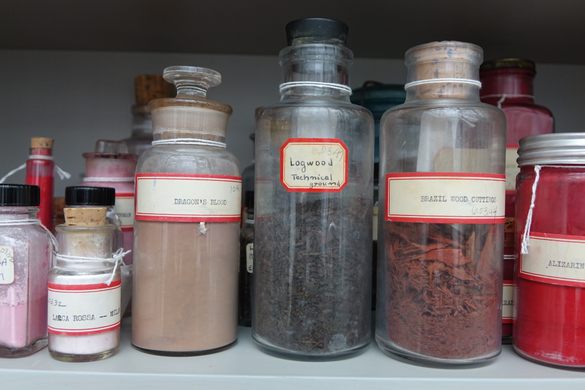
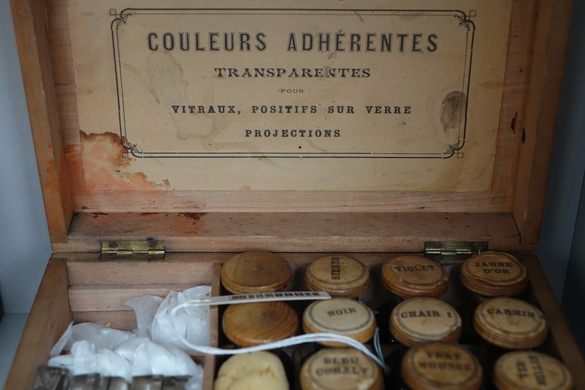











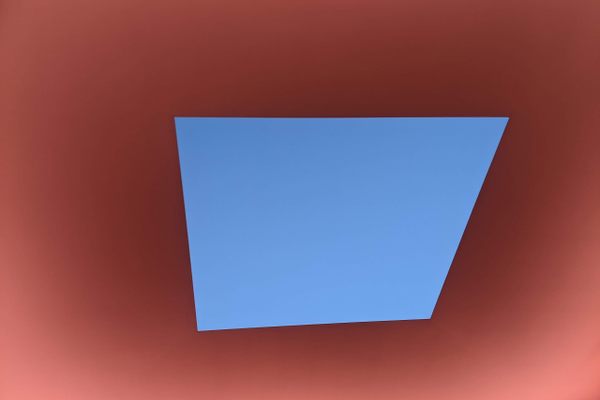
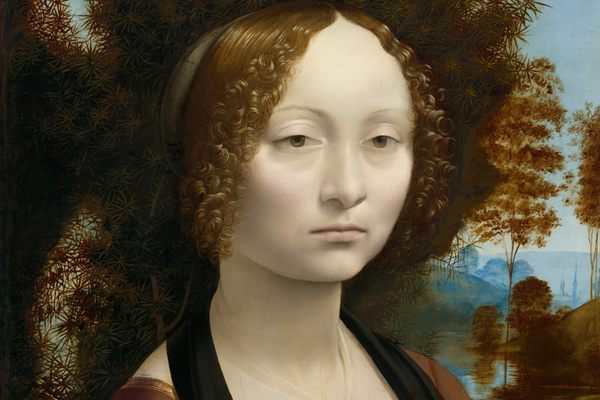

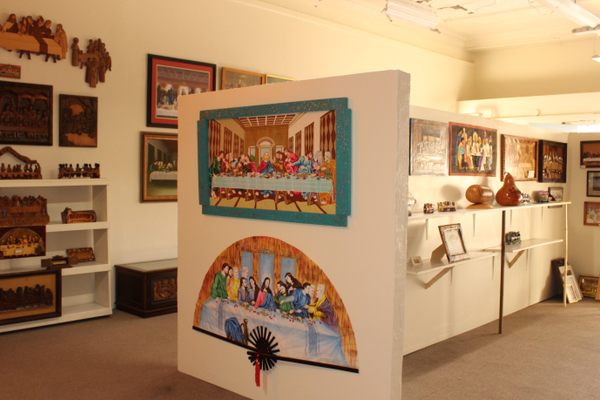
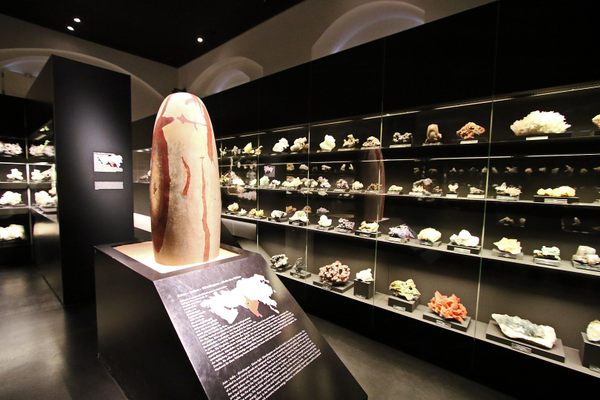



Follow us on Twitter to get the latest on the world's hidden wonders.
Like us on Facebook to get the latest on the world's hidden wonders.
Follow us on Twitter Like us on Facebook